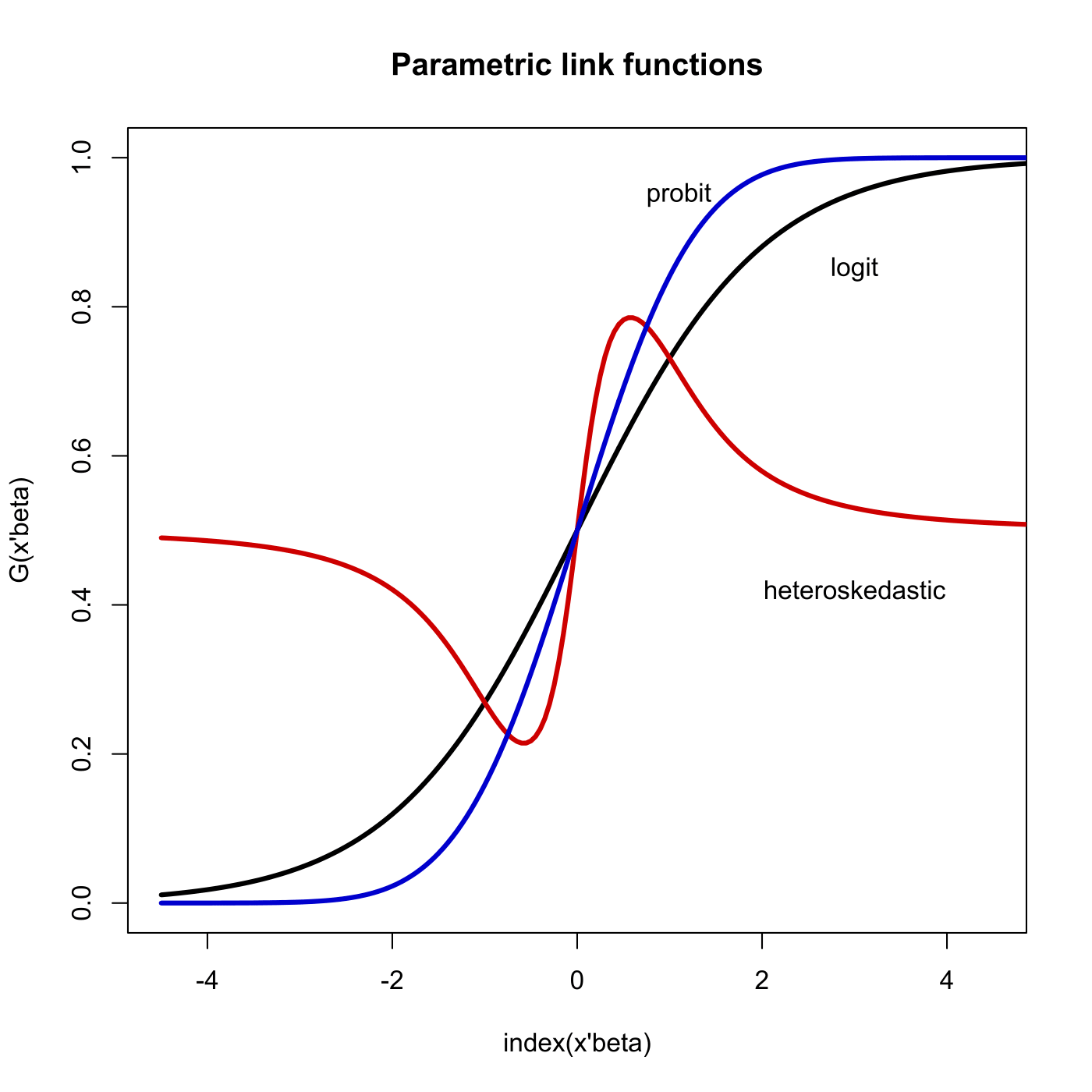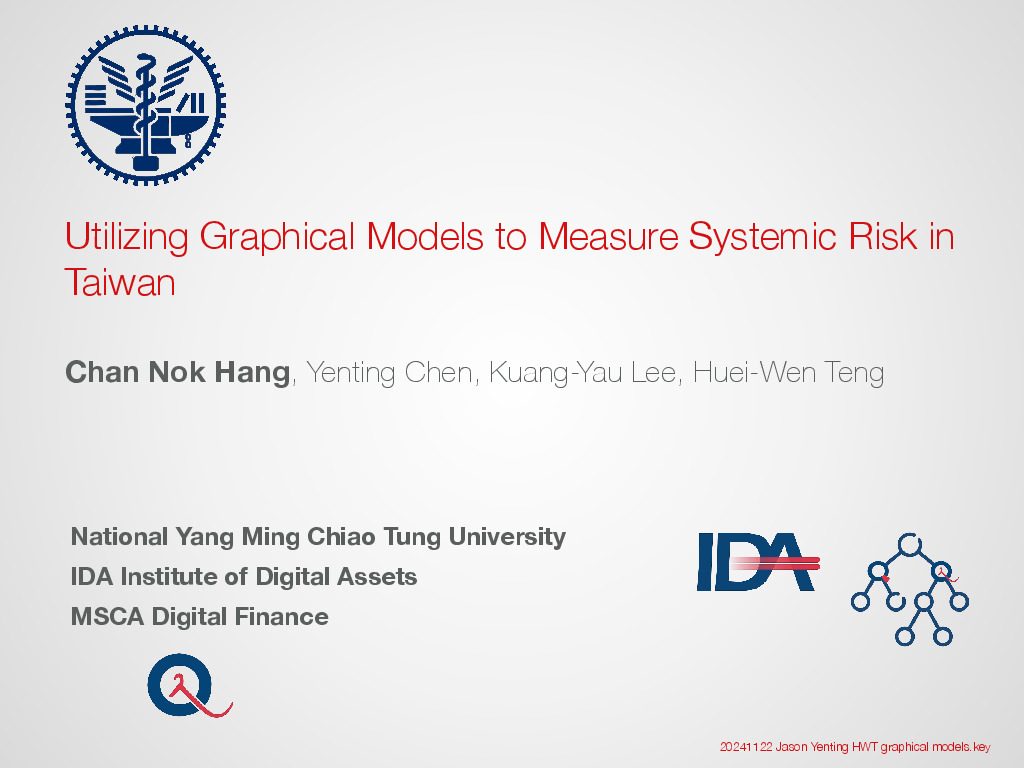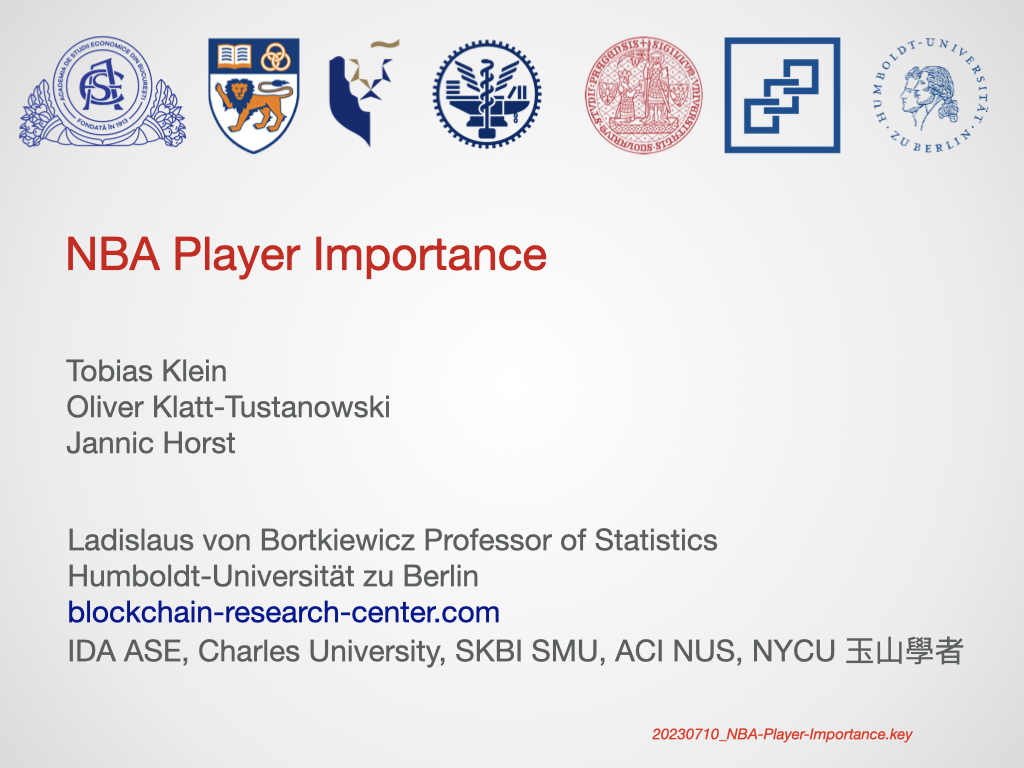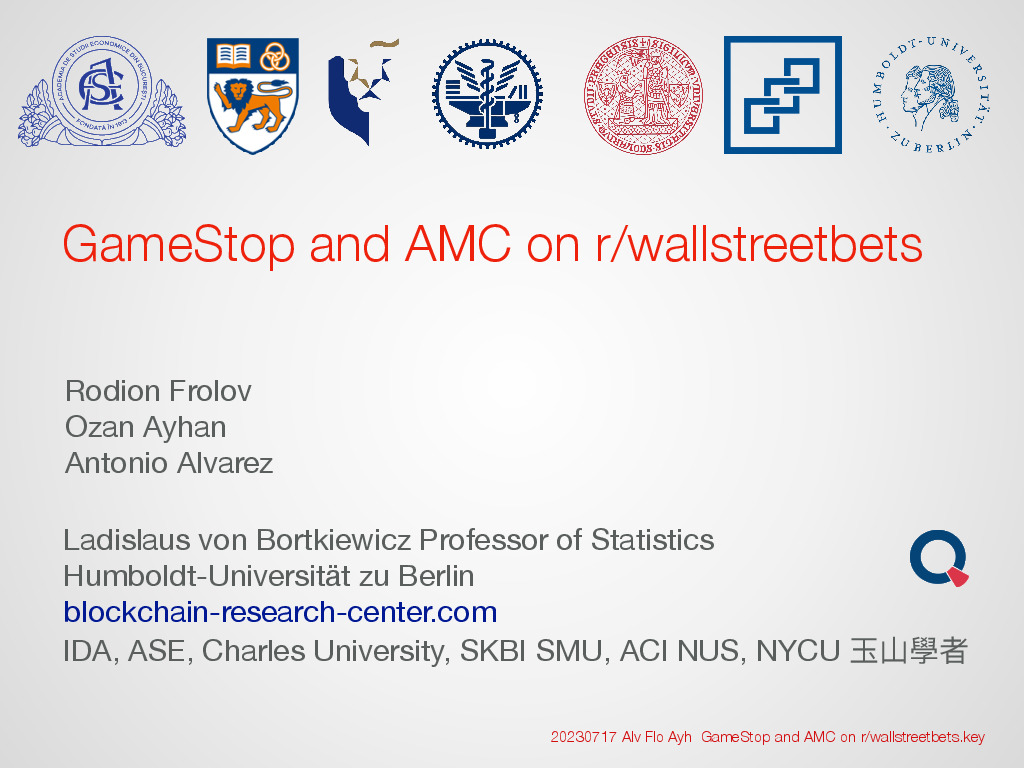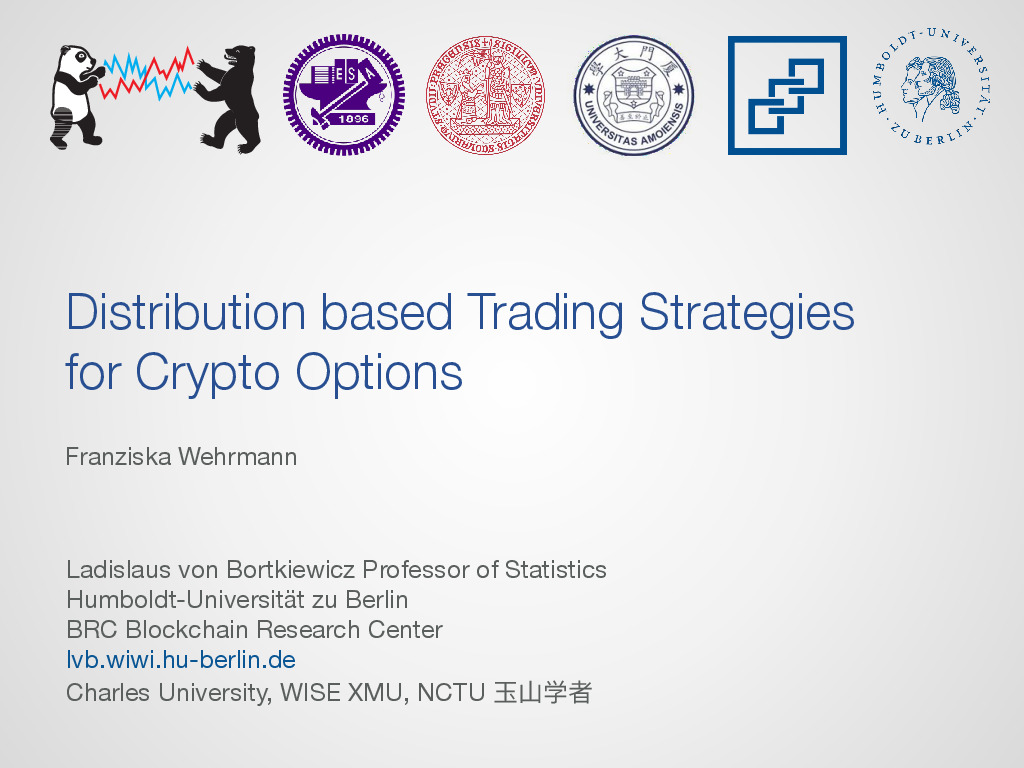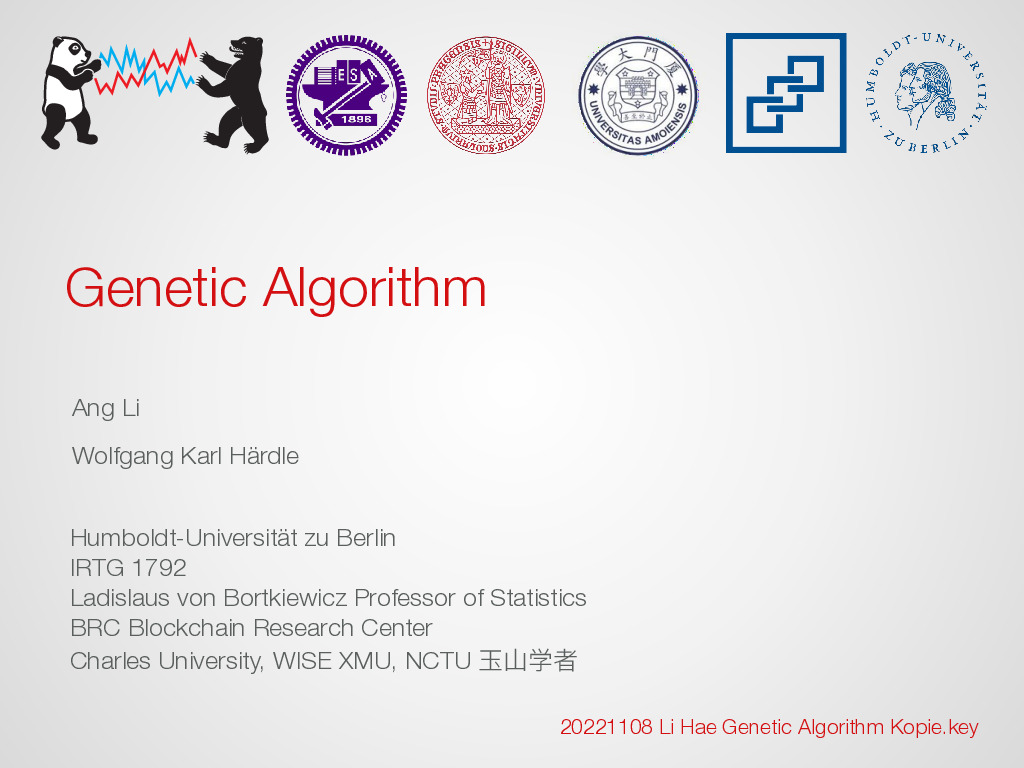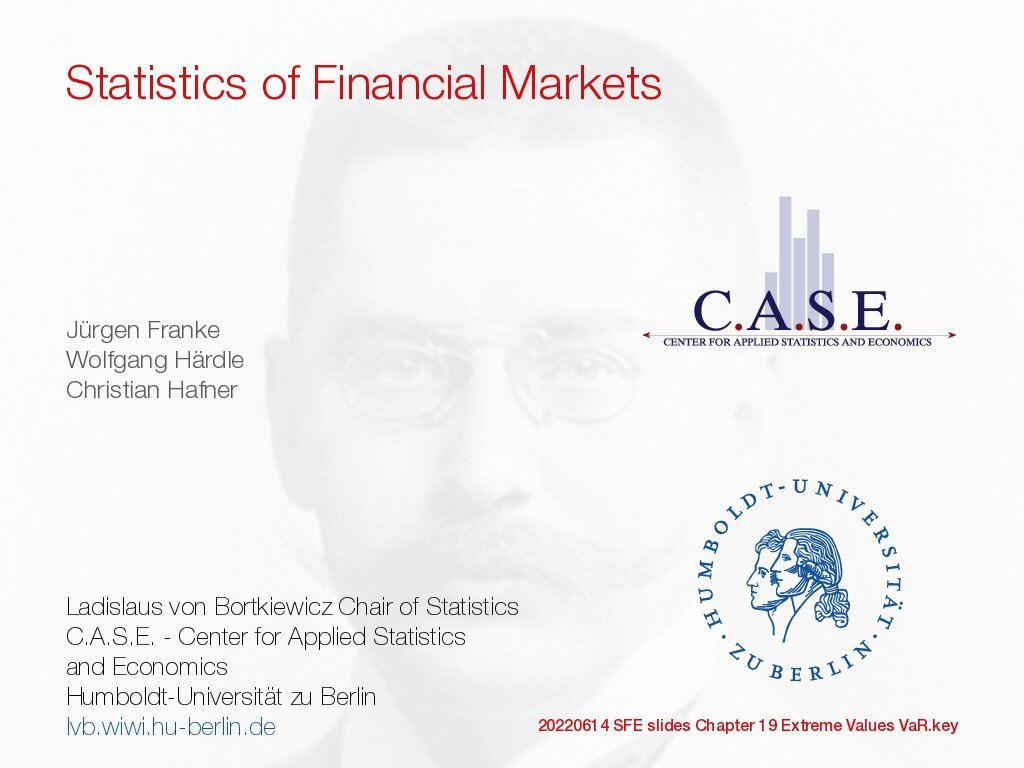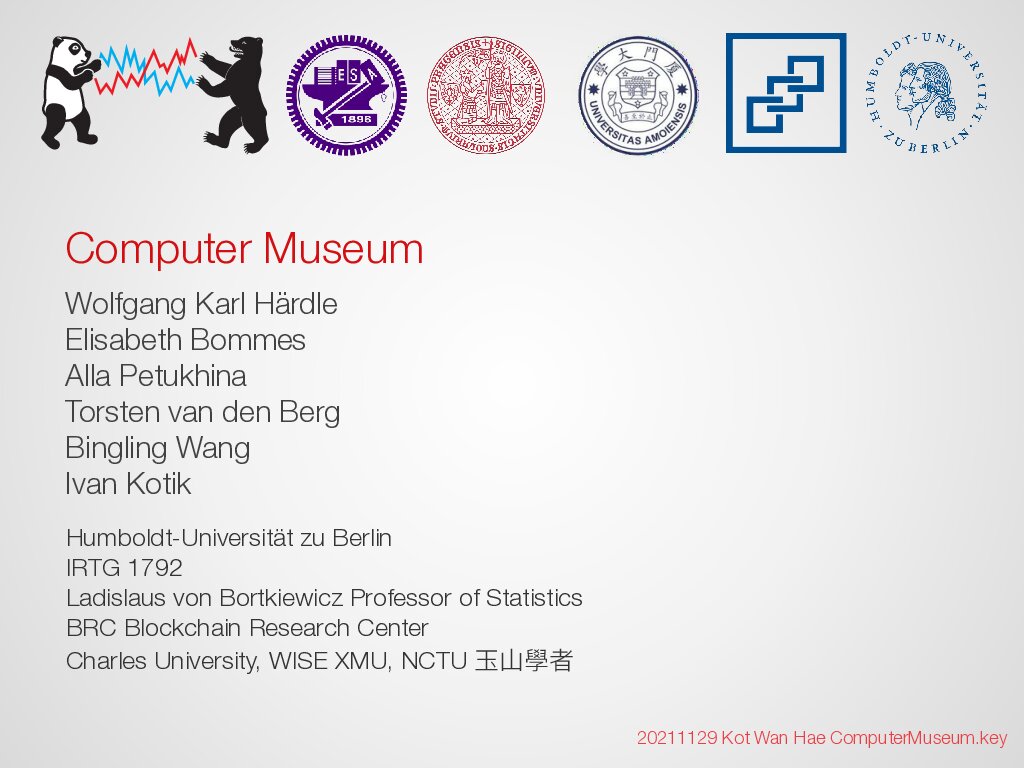Nonparametric and Semiparametric Models
-
- 0 Rating
- 0 Reviews
- 5 Students Enrolled
Nonparametric and Semiparametric Models
The concept of smoothing is a central idea in statistics. Its role is to extract structural elements of variable complexity from patterns of random variation. The nonparametric smoothing concept is designed to simultaneously estimate and model the underlying structure. This involves high dimensional objects, like density functions, regression surfaces or conditional quantiles. Such objects are difficult to estimate for data sets with mixed, high dimensional and partially unobservable variables. The semiparametric modeling technique compromises the two aims, flexibility and simplicity of statistical procedures, by introducing partial parametric components. These (low dimensional) components allow one to match structural conditions like for example linearity in some variables and may be used to model the influence of discrete variables. The flexibility of semiparametric modeling has made it a widely accepted statistical technique.
-
- 0 Rating
- 0 Reviews
- 5 Students Enrolled
Course Content
Requirements
- Statistical and Mathematical principles
General Overview
Description
The concept of smoothing is a central idea in statistics. Its role is to extract structural elements of variable complexity from patterns of random variation. The nonparametric smoothing concept is designed to simultaneously estimate and model the underlying structure. This involves high dimensional objects, like density functions, regression surfaces or conditional quantiles. Such objects are difficult to estimate for data sets with mixed, high dimensional and partially unobservable variables. The semiparametric modeling technique compromises the two aims, flexibility and simplicity of statistical procedures, by introducing partial parametric components. These (low dimensional) components allow one to match structural conditions like for example linearity in some variables and may be used to model the influence of discrete variables. The flexibility of semiparametric modeling has made it a widely accepted statistical technique.
Recommended for you
Meet the instructors !
Wolfgang Karl HÄRDLE attained his Dr. rer. nat. in Mathematics at Universität Heidelberg in 1982 and in 1988 his habilitation at Universität Bonn. He is Ladislaus von Bortkiewicz Professor of Statistics at Humboldt-Universität zu Berlin and the director of the Sino German Graduate School (洪堡大学 + 厦门大学) IRTG1792 on “High dimensional non stationary time series analysis”. He directs IDA Institute for Digital Assets,
University of Economic Studies, Bucharest, RO. His research focuses on data analytics, dimension reduction and quantitative finance. He has published over 30 books and more than 300 papers in top statistical, econometrics and finance journals. He is highly ranked and cited on Google Scholar, REPEC and SSRN. He has professional experience in financial engineering, S.M.A.R.T. (Specific, Measurable, Achievable, Relevant, Timely) data analytics, machine learning and cryptocurrency markets. He has created the www.quantlet.com platform, a cryptocurrency index, CRIX www.royalton-crix.com He is 玉山学者 (Yushan Scholar), web page hu.berlin/wkh




